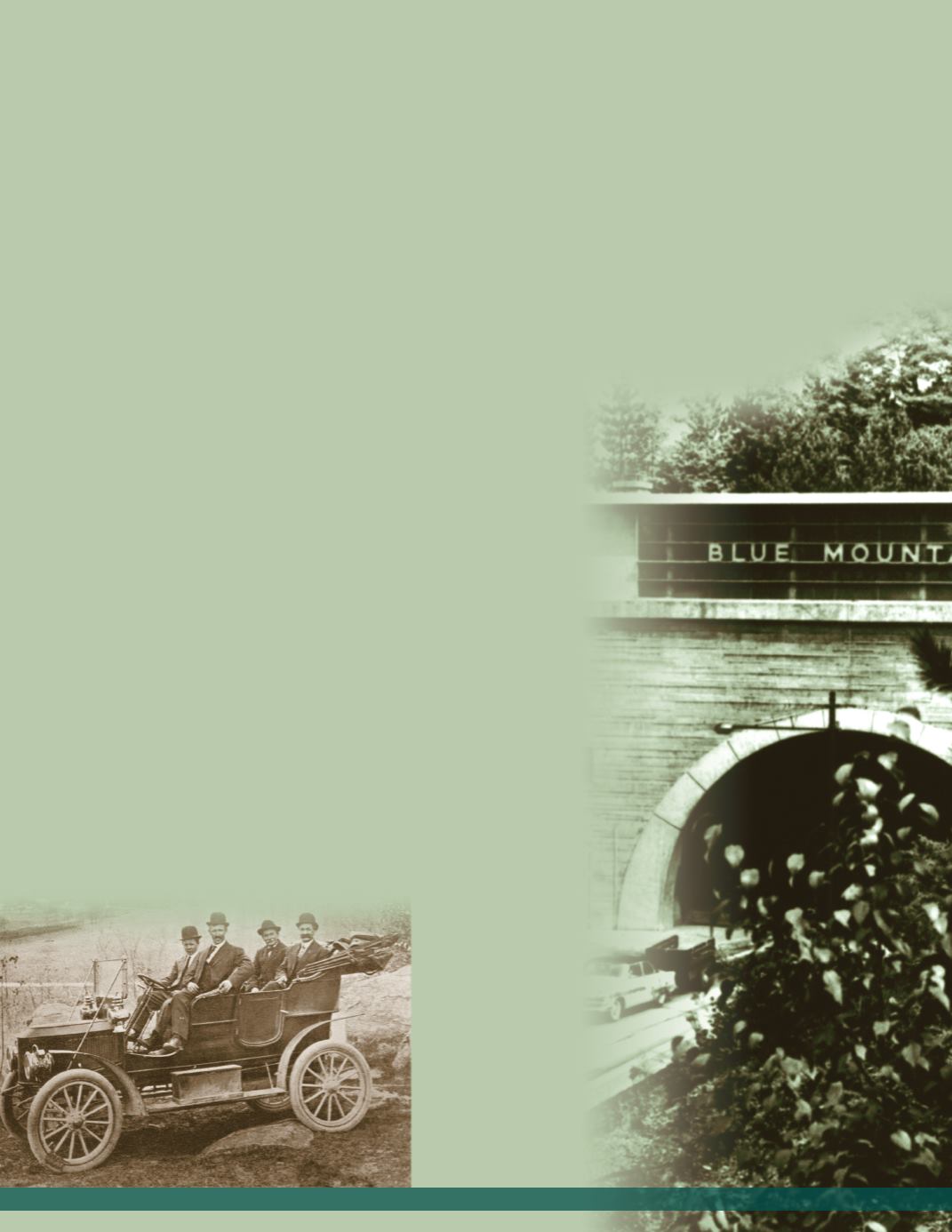
Airlines and Automobiles
Pennsylvania’s role in the development of the automobile and airline industries is often overlooked. The
improvedmethods for making steel and aluminum impacted heavily upon automobile and airplane
manufacturing. The fact that our nation shifted so quickly to the road with wheels and to the air by plane is
closely connected to these advances.
Once the gasoline engine was successfully applied tomechanical wings, the airline industry literally took
off! Air travel became very popular during the 1920s and airports were developed all over the state.
Pittsburgh
and
Philadelphia
boasts our state’s largest airports. They accommodate
domestic
and
international
flights
around the clock.
The fabric of life in Pennsylvania, and indeed the United States, was enormously influenced by the invention
of the
gasoline engine
. Inventors had been trying for years to apply the gasoline engine to a wheeled vehicle. In
1893,
Frank
and
Charles Duryea
, bicyclemakers, invented the first practical application of the gasoline engine
for a four-wheeled vehicle. They later moved their company fromMassachusetts to
Reading
, Pennsylvania.
In fact, Pittsburgh, Philadelphia, and Reading became leading centers for building and assembling
automobiles. Pennsylvania could have been the leading center today for building automobiles had it not been for
Ransome Olds’ and Henry Ford’s idea of
mass producing
cars so that middle class people could afford them.
When they revolutionized the production of cars, the automobile industry shifted fromPennsylvania
to Detroit, Michigan.
Highways
Because travel by automobile became so popular, 4,000moremiles
of roads were built in the early 1900s. Pennsylvania is proud to be a
pioneer and world leader in its systemof highway travel. In 1940, the
four- lane, toll highway, now known as the
Pennsylvania Turnpike
, was
opened. It was the first highway in the United States that had no stops for
roads crisscrossing its route. Because of its great success, other states
soon developed similar highways. Our turnpike became the forerunner of
our
interstate highway
system that crosses our country. In the 1950s,
the northeast extension of the Turnpike was added at its eastern end to
provide an artery into the PoconoMountains and the Scranton region.
A building programof interstate highways was begun in the late
1950s across our nation. Pennsylvania is now home to 1,750miles of
interstate highways.
Trucking
Another major source of moving goods and services that became
efficient was our trucking industry. When you think about it, trucks serve
the same purpose as the Conestoga wagon did—-only much faster. In
1905, the
Mack brothers
started theMack Truck (and Bus) Company in
Allentown
. The newer tandemhook-up (double rig) allows for greater
amounts of products to be hauled statewide and countrywide. You can see
just how important our systemof interstate highways is to this formof
business activity. Today there are hundreds of
truck terminals
located
within our state that provide thousands of jobs.
In the early 1900s, many
thought steam-powered
cars like the Stanley
Steamer (left) would
populate the roads. But in
the end, the design and
efficiency of the gasoline-
powered engine won out.
The Pennsylvania
Turnpike,(right) which
opened in 1940, was the
first non-stop highway to
open in the country.
Modern Pennsylvania
99


